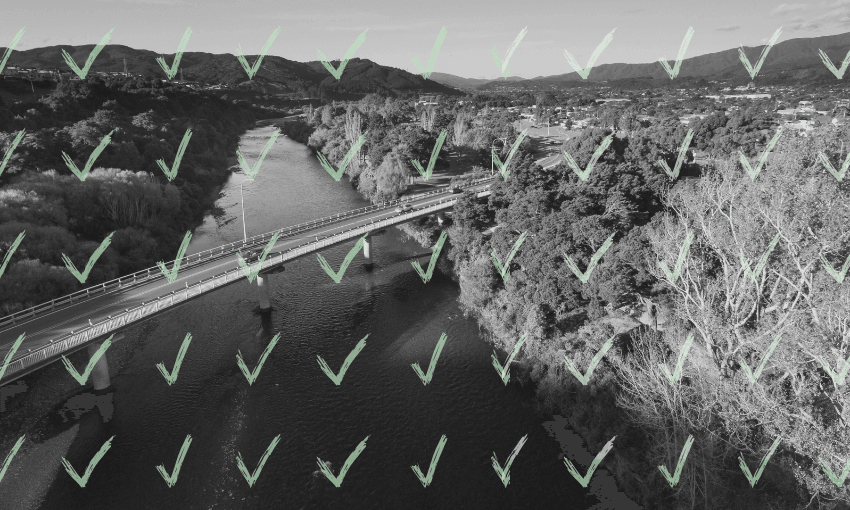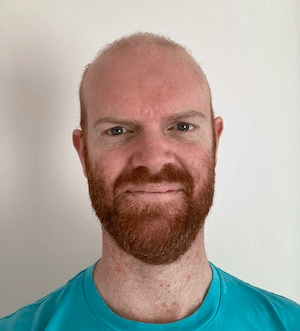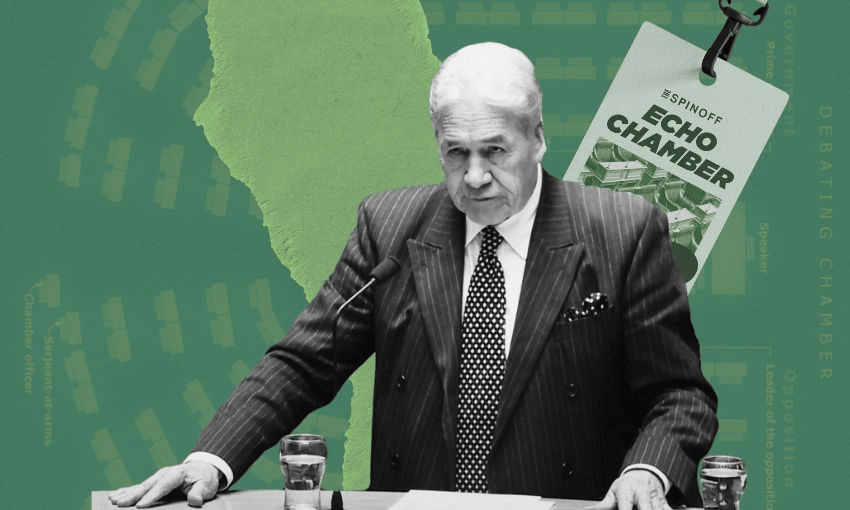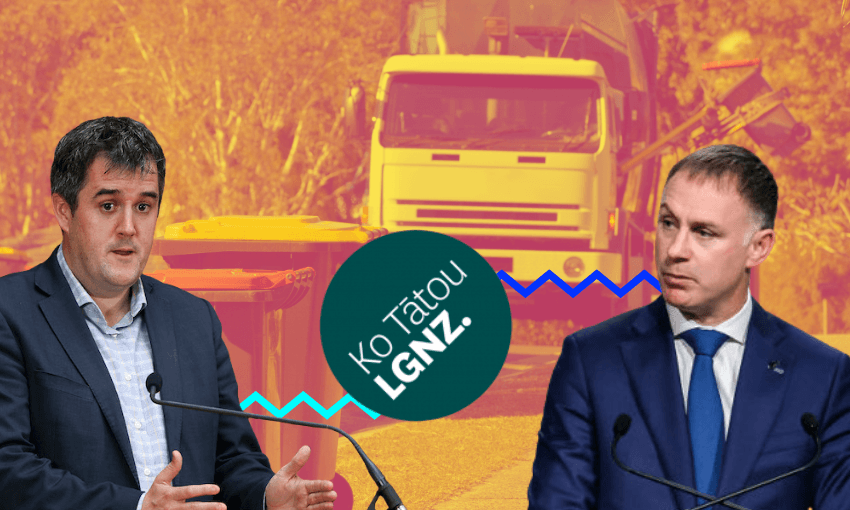Thanks to central government’s new freshwater proposals, Greater Wellington Regional Council is voting on whether to proceed with a decade-in-the-making plan designed to improve the health of the region’s streams, rivers and harbours.
Today, the Greater Wellington Regional Council will vote on whether to proceed, pause or withdraw a new freshwater quality rulebook for the Wellington region. A rulebook that has been at least 10 years in the making, is informed by significant engagement with mana whenua and the community, and has cost residents literally millions of dollars to develop.
Why, you may ask, is the council taking this vote at all? Well that would be thanks to recent proposals announced by the government to “rebalance” our environmental regulation away from nice-to-haves like protecting our environment and back to the basics of protecting economic interests. Not to mention the odd threat from ministers that if councils don’t, they’ll make ‘em. Some have even suggested we should just get rid of regional councils altogether.
But before we come to the vote, it’s worth recapping the process that led to Wellington’s proposed new freshwater rulebook, starting back in the distant mists of time when a chap called John Key was our prime minister.
Faced with increased scrutiny on the health of our rivers and lakes – remember phrases like “dirty dairying” and “swimmable rivers” regularly appearing in our media? – in 2011 the Key-led government created the National Policy Statement for Freshwater Management (NPS-FM). In essence, the NPS-FM provided a set of minimum freshwater standards that our regional councils, which are our chief environmental regulators, must implement within their local context.
To implement the NPS-FM in its region, Greater Wellington chose to establish the whaitua programme in 2013. The programme saw the region divided into sub-regions – known as whaitua – and in each it established a whaitua committee, made up of representatives of mana whenua, affected councils and the community. The committees were tasked with considering the freshwater issues in their whaitua, current and predicted trends, impediments to progress, and to chart a way towards a more sustainable future.
These processes were not once-over-lightlies. Each took several years and significant mana whenua, community and council resources. Committee members were made well aware of the challenges of our water system, and the mind-boggling costs to maintain and upgrade water infrastructure and improve the health of our streams and rivers.
The committees produced their blueprints with these challenges and costs at the forefront of their thinking, and, befitting the scale of the challenges, made recommendations that in some instances stretched out decades. The poor state of our urban streams meant that in many instances their short- to medium-term recommendations amounted simply to arresting declining trends or improving quality to the minimum required by the NPS-FM.
Plan Change 1, which amends the region’s environmental rulebook known as the Natural Resources Plan, gives effect to recommendations of two mostly urban whaitua committees – those that cover the land that drains into the Porirua and Wellington harbours. In planning terms, Plan Change 1 has been publicly notified, consulted on, and is now deep into an expert hearings process. It is the fate of Plan Change 1 that councillors will decide today.
Nothing the government has proposed or threatened requires the council to withdraw Plan Change 1, but should central government reform happen, the council may have to revisit some aspects of its rules. Par for the course in environmental planning and regulation. At this stage that is hypothetical anyway, and with an election now a little over a year away, the government may find it runs out of time to make any changes before we head back to the polls. RMA reform is, after all, a historically difficult beast to manage.
Depending on how councillors vote today, Wellington could needlessly go back to a set of rules that have not halted declines in water quality across the region and will not miraculously be able to do so now. Not only that but it will be a huge kick in the guts to everyone – mana whenua, communities, councillors and staff – who have given so much of their time to help restore the health of Wellington’s rivers, streams and harbours.
I hope they vote wisely.
Update, 2pm, June 26: After a debate during which Chairperson Daran Ponter warned fellow councillors the council would be “done over in the back alley” if it continued implementing Plan Change 1, councillors narrowly voted 7-6 to pause the process. Whether that amounts to a stay of execution or simply a slower death remains to be seen.
Jonny Osborne was a community representative on Te Whaitua o Te Whanganui-a-Tara committee. He is standing for election for Wellington City Council in the Te Motukairangi/Eastern Suburbs ward.







